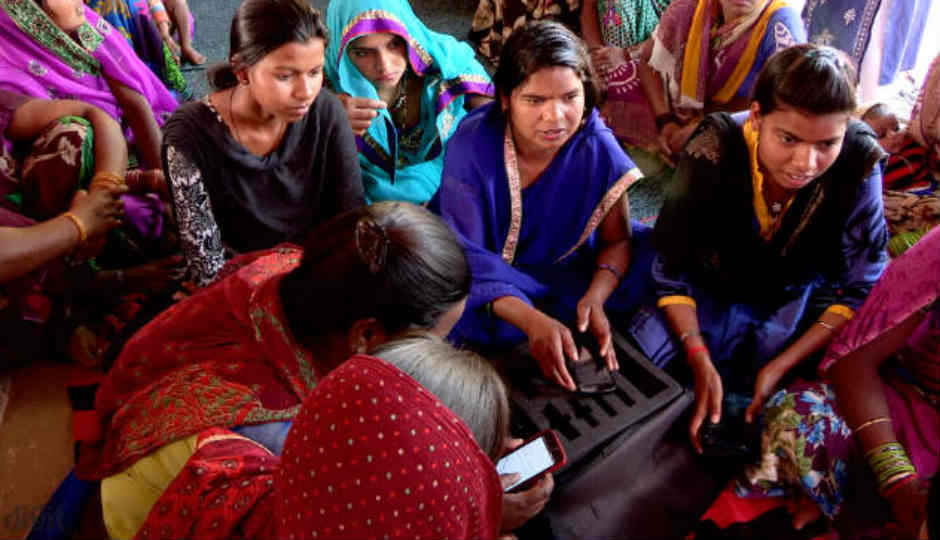
With only 17 per cent Internet penetration, rural India is lagging behind in connectivity owing to challenges in deployment of fixed broadband networks
With only 17 per cent Internet penetration, rural India is lagging behind in connectivity owing to challenges in deployment of fixed broadband networks, a Deloitte India report said on Wednesday. Wireless networks will drive Internet adoption for nearly 750 million users in India who still do not use Internet, said the Technology, Media and Telecommunications (TMT) report.
"In future, demand for fixed broadband services would be limited to consumers with higher bandwidth/QoS requirements for accessing services like gaming, HD video, etc," the report added.
Newer technologies like LTE, LTE-A, LTE-A Pro and 5G will make wireless internet commercially more viable due to decreasing cost per bit. When it comes to mobile devices, the smartphones will consolidate its position as the primary access to digital service and content.
"The secret to the smartphone's success over the next five years is likely to be the introduction of an array of innovations that are largely invisible to its users but whose combined impact should feel tangible," the report noted.
The introduction of "smart feature phones", would usher in a new wave of mobile services uptake in the country by both the urban and rural consumers. "There is likely to be an increased range of sensors included on smartphones in 2023, and existing sensors are likely to be upgraded. One additional sensor that may become mainstream over coming years is a forward-facing infra-red camera," the report predicted.
The increasing penetration of mobile Internet and smartphones will propel the digital payments industry to grow to $500 billion by 2020. "Mobile wallets with their ease of use and convenience will see an upward trend. However, it will be extremely important for the wallet providers to innovate to reach out to the non-internet user base," it added.
Globally, more than 60 per cent of all broadband subscribers will utilise Voice over LTE (VoLTE) technology surpassing five billion subscribers globally by 2023. The report also estimated that more than 90 per cent of all mobile subscribers will comprise of broadband subscribers by 2023.
Over-the-top (OTT) platforms, which are witnessing an explosion in original content due to increase in consumption and viewership, will gradually become a preferred medium over television, with the consumers of vernacular content likely to become over 2.5 times that of English language content by 2021.
"'Machine Learning' will intensify among medium and large-sized enterprises. Compared to 2017, the number of implementations and pilot projects using machine learning technology is likely to double in 2018 and then doubling again in 2020," said the report.
The report said that IoT-driven point solutions will be adopted to solve a specific business issue and enterprises will combine external perspectives, social inputs (surveys, social media comments, response to a feedback questionnaire) to the internal data sources to improve customer service. IoT appliances can be enhanced with VoLTE improving the productivity and efficiency of applications and especially effectiveness in emergency situations.




